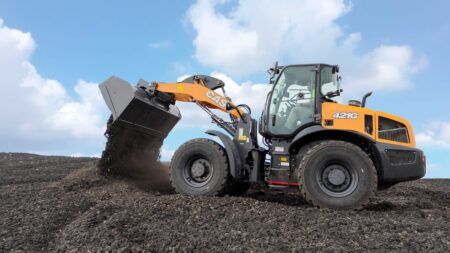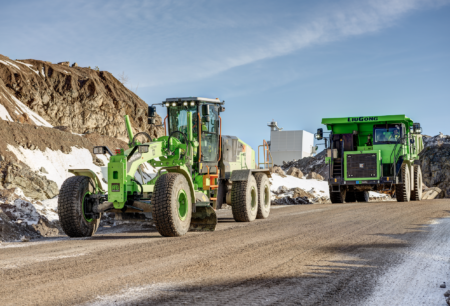Caterpillar has announced it has developed a battery electric load-haul-dump (LHD) loader. The R1300G working prototype has been shipped to a mine site in Canada, where validation testing of the machine is continuing.
Initially built early last year at the Caterpillar Peoria proving ground in Illinois, the plan is to bring a final design LHD to market derived from the lithium-based energy storage proof of concept.
“Our customers are planning for deeper mines with very high ambient rock temperatures where ventilation costs are pivotal to making the mine viable,” said Jay Armburger, Caterpillar’s product manager with responsibility for underground technology. “One means of reducing ventilation demand is through electrification of the mining equipment.”
The program started with a full production study and data analysis of the diesel machine in order to set a baseline. Once this was accomplished, the transformation of the R1300G to a battery-electric proof of concept began.
The modifications included removing the engine, transmission and torque converter then reconfiguring the engine end frame to accommodate the battery boxes and electric motors. The result is a battery electric powertrain driving a conventional and mechanical drivetrain (drive shafts and axles).
The R1300G proof of concept is an older machine without the benefit of efficient electro-hydraulics. As a result, it will drive worst-case scenario loads on the batteries but the design of the new loader will enhance battery life through the use of load sensing hydraulics.
With the help of several customers who have visited the proof of concept and operated it at the proving ground, Caterpillar is getting feedback to help drive the program forward.
“We tried hard to break this machine and technology before sending it to Canada in September,” Armburger said.
“With the results we’ve seen so far, we’re confident this R1300G proof of concept is giving us the answers we need to develop a machine that is safe and lives up to the Cat brand promise of durability and reliability.”
January 19, 2018




